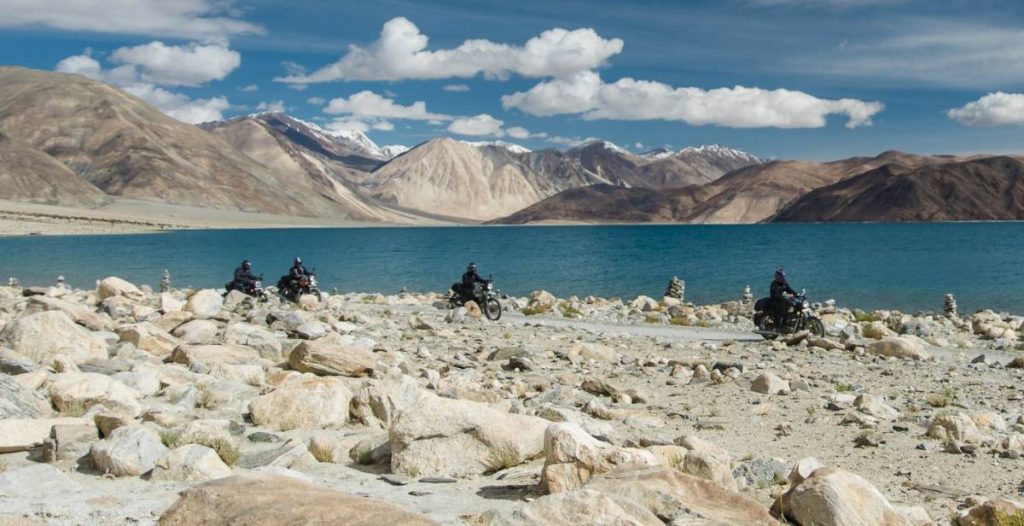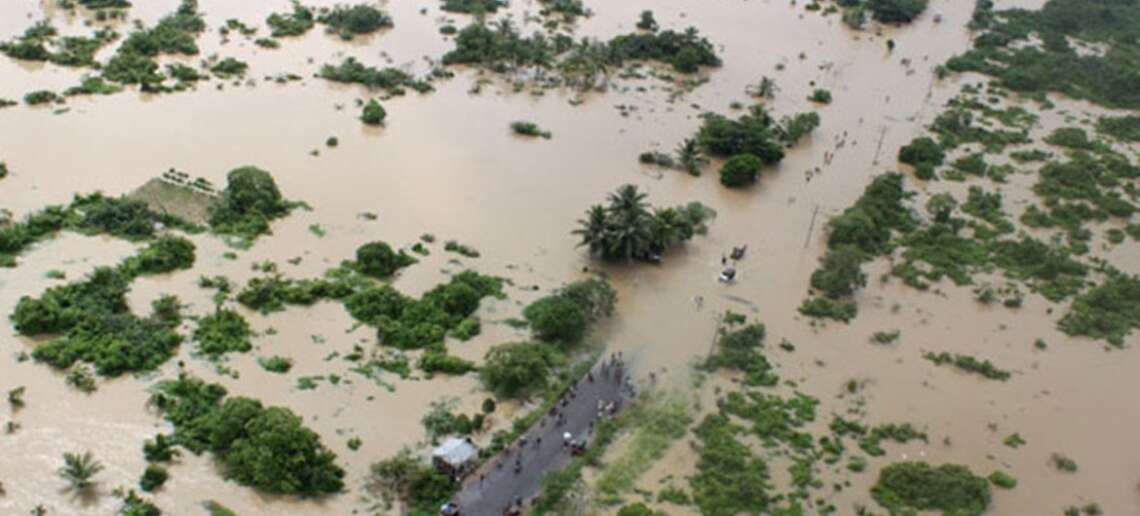While India moves towards the determination of becoming a developed nation within the next 25 years, the importance attached to water security gains more traction. In that context, Water Vision@2047 has become significant aspect of the journey towards Amrit Kaal … writes Anasudhin Azeez
Despite the proactive discussion surrounding water for sustainable development and the environment, the latest estimates by the NITI Aayog point towards the shrinking availability of water per capita in India in the coming years. There can only be a future if there is water.
The underlying policy of the Indian government seems to be oriented towards the idea that the water problems of the country can only be resolved through people’s participation. While the nation moves towards the determination of becoming a developed nation within the next 25 years, the importance attached to water security gains more traction. In that context, Water Vision@2047 has become a significant aspect of the journey towards Amrit Kaal (the 25-year-long leadup to India@100).

With the participation of people, not only the demand-supply of water without efficient use the conservation of water has become an important matter of cooperation and coordination as well. Water is not really just a source of life, it is also a source of development as well. With this mantra in mind, the government has begun prioritising water governance in its policies and decisions for the first time. It started with the establishment of a separate Ministry of Jal Shakti for the maintenance of overall water resources. Water has been linked to people through unique campaigns and initiatives like PM Krishi Sinchai Yojana, Har Khet ko Paani, Per Drop More Crop, Namami Gange Mission, Jal Jeevan Mission, Atal Bhujal Yojana, Catch the Rain and the river linking projects across states. Inspiring more and more individuals to live environmentally-responsible lives, water-related issues have come to occupy the mainstream narrative as well. Addressing significant environmental issues and moving towards the development of an ecologically-sound framework, India has remained at the forefront of many such global initiatives. As part of the same, the government has been taking up multiple such steps so as to accord the topmost priority to the concept of water governance.

Despite the hullabaloo surrounding the need, water conservation in itself had not received much detailed action over the past few years. With the renewed emphasis of this government, the issue received a shot in the arm with the government’s boost to the cause in the last few years. The first All India Annual Conference of the Ministers of States on Water was organised by the Ministry of Jal Shakti with the theme Water Vision @ 2047, deliberating on India’s water vision for the next 25 years. Apart from the same, the Atal Groundwater Conservation Scheme has been launched to conserve water with a delicate operation of establishing a network of sewage treatment and waste management in every state. With the newly-founded mantra of the 5P by the Prime Minister to address challenges of water security, the emphasis has been on (1.) political will, (2.) public financing, (3.) partnership, (4.) public participation and (5.) persuasion for sustainability.
With the launch of the Jal Jeevan Mission in the year 2019, around 14 crore households have been provided with similar water connections at a rapid pace over the last three years alone. At this stage, around 1.25 lakh villages in 100 districts of the country can boast of adequate infrastructure to have enabled water supply in every household.
An interesting initiative to help with such conservation has been the newly-launched campaign of Amrit Sarovars. With over 93,000 locations identified for the Amrit Sarovar, the construction of over 54,000 lakes has begun with 26,929 already completed. The idea is to build 75 Amrit Sarovars in each district with every sarovar having a pond area of 1 acre and a water capacity of 10,000 cubic metres. Simply put for th to prepare public awareness programmes and special action plans for rainwater conservation in the country, the emphasis is laid on ensuring arrangements for rainwater harvesting before the onset of monsoon.
Therefore, it is clear that the entire nation with the collective efforts of numerous state governments have been putting across its best foot forward. With a strong emphasis on the circular economy, the entire ecosystem shall benefit when treated water is reused and freshwater is conserved. Since the rivers and other water bodies are an important part of the entire water ecosystem, it is only through public participation that India can move towards ensuring a well-developed waste management and sewage treatment network. Involving local leaders and community groups, the campaign to conserve water is on its path to becoming a mass movement of its own as well.








